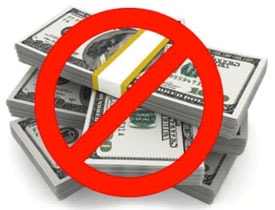
Samsung’s Galaxy Note 8 launches with more baggage than have previous smartphones in the lineup: Its predecessor’s recall problems ended up killing the phone entirely in most markets. But the Note 8[1] also has a lot to live up to in the other direction, thanks to the success of the S8 and S8+, both of which boasted industry-leading design and propelled Samsung’s smartphone business to new heights.
The Note 8 is then a big device in many ways, but what it represents most of all is a maturation of the phablet form factor, or the gigantic screen phone, which the Note basically created – or at least popularized. This version of it, as I said before, seems like it takes the big display concept from outlier specialist hardware to mainstream mainstay; in practice, that’s exactly what it’s done after a week or so of testing.
I use big screen phones for practical reasons – the large displays are useful if I’m ever in a pinch and need to do some photo editing or article writing on the fly, and they’re also great for consuming content, including both text and video. But if I was picking a phone based on preferred ergonomics and design alone, I’d opt for a smaller device every time (which is why I enjoy the Essential Phone so much).
The Note 8 is the best balance out there right now between an extremely generous display size, and a device that actually fits the descriptor “mobile.” Its 6.3-inch display gives you a long, gorgeous column for easily gobbling down long sections of text, and it’s a stunning device for viewing photos or videos. Samsung’s video enhancer also works wonders here, bumping up brightness, contrast and saturation to...
Read more from our friends at TechCrunch
Indian Prime Minister Narendra Modi launched a surprise attack on cash in late 2016. He gave Indians a few days to convert the two largest denomination bills then circulating to bank deposits, after which point any undeposited notes would become worthless. The move was intensely controversial. Transactions completed using cash represented the vast majority of economic activity in the country.

In order to sell the program Modi employed a familiar strategy. He vilified the users of cash as tax cheats and criminals. He promised the measure would punish black marketeers, boost the Indian economy, and increase tax revenues. The latter may be true – forcing transactions onto the grid is good for nosy bureaucrats trying to impose taxes and controls.
But it now appears Modi’s claims about the amount of criminal activity tied to cash and promises of economic growth were nonsense.
The official argument was that cash is an indispensable tool for black marketeers. The reform would catch many of these “criminals” with piles of cash they would be unwilling to declare and deposit. That argument fell apart last week when the Indian central bank reported that 99% of the outlawed bills were converted to deposits. Turns out very few “criminals” were punished.
Meanwhile the Indian economy is paying the price. Growth has slowed significantly and some estimate as many as 5 million jobs have been destroyed by the demonetization of cash. More and more Indians are angry.
They didn’t enjoy the upside promised by Modi. Instead, they suffered massive economic disruption and loss of privacy. Perhaps India’s experience will provide an object lesson elsewhere in the world where bankers and the political elite are waging a similar war on cash.
